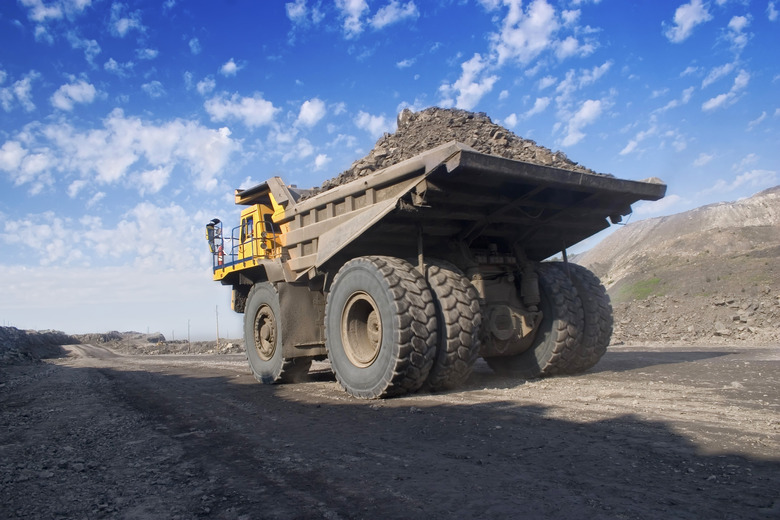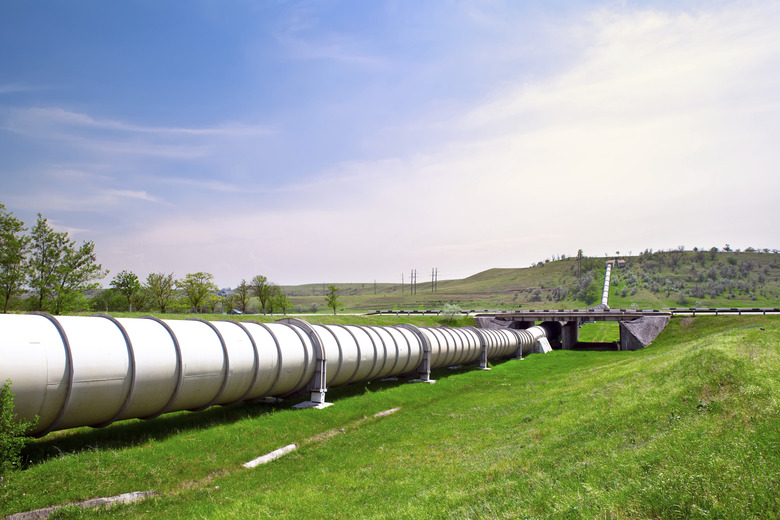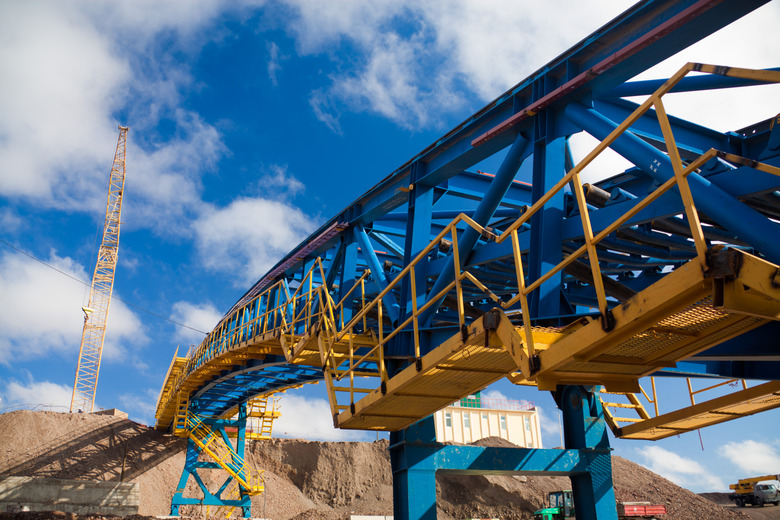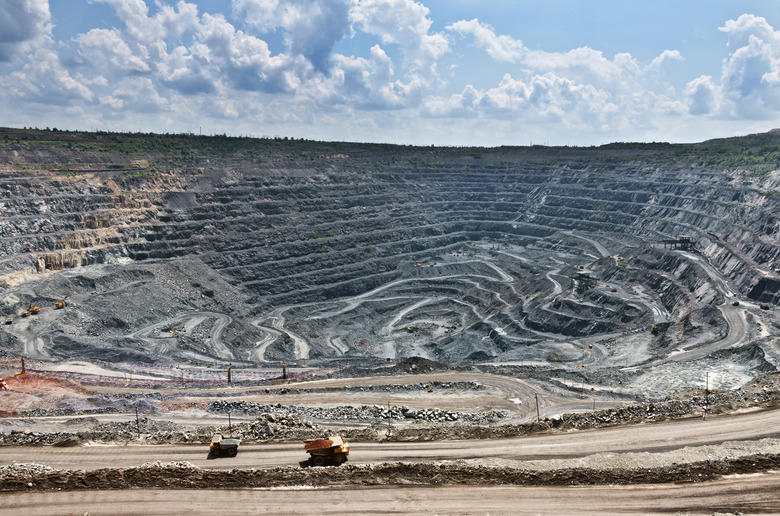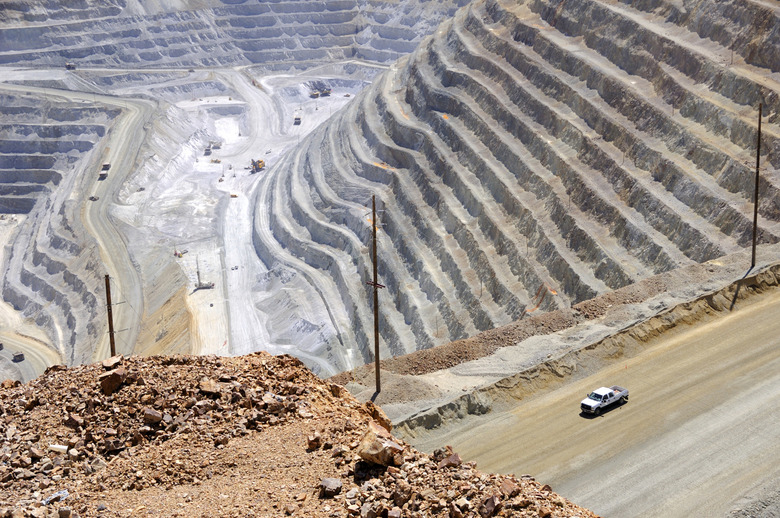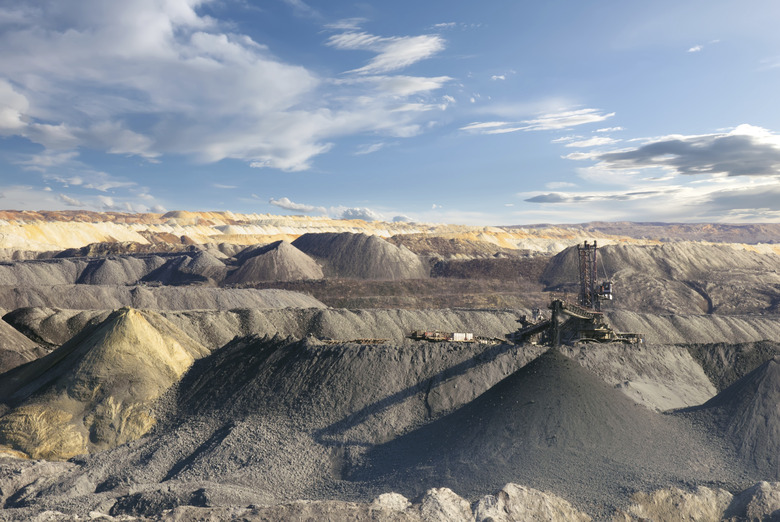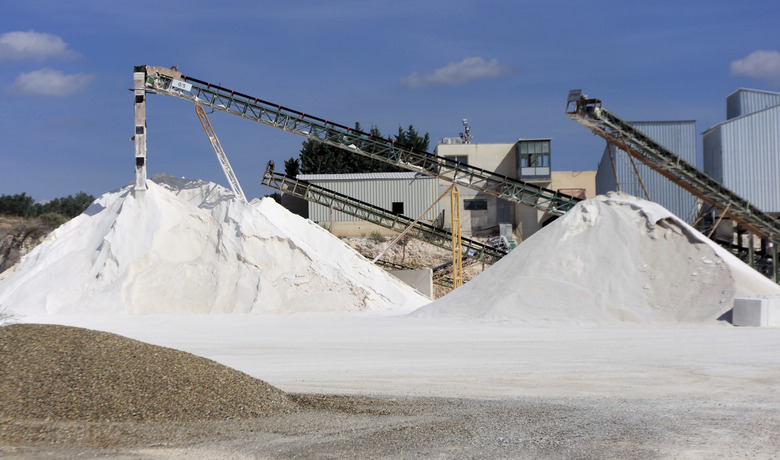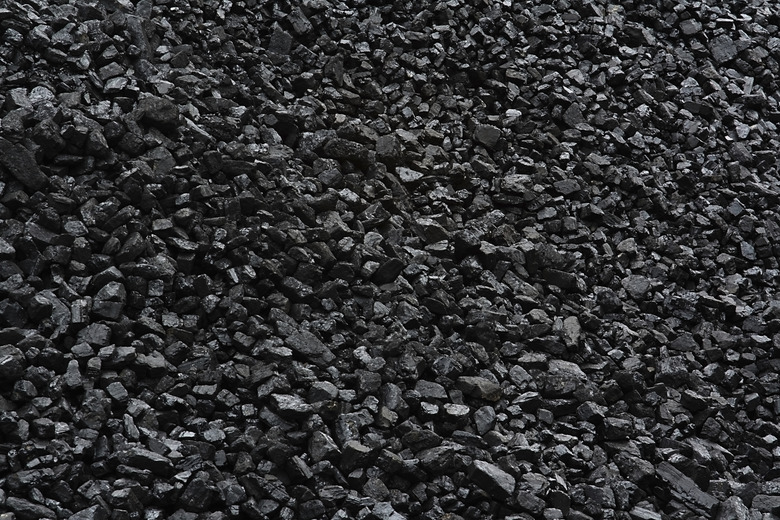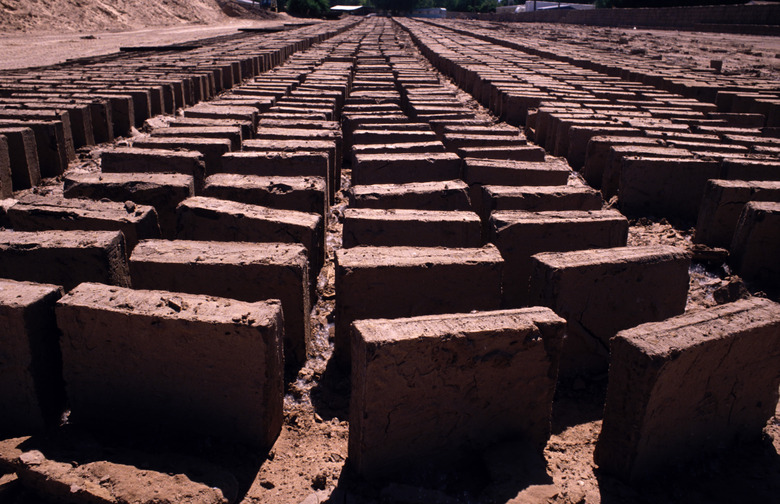List Of Missouri's Natural Resources
The Missouri Department of Natural Resources manages the state's wildlife, water, parks and other natural resources. Besides the state's rich flora and fauna and its system of public parks and recreation areas, the Department also oversees extractive resources either directly or through the Division of Geology and Land Survey. Extractive resources include those substances that are dug, mined, quarried or removed by drilling.
Oil and Gas
Oil and Gas
Small amounts of oil and gas have been and continue to be produced from a few counties along the state's border with Kansas, a portion of the Forrest City Basin. There is also very limited oil production near the Mississippi River. There are no known hydrocarbon accumulations throughout the majority of the state.
Lead and Zinc
Lead and Zinc
Lead mines have operated in Missouri since the early 18th century. The state leads all other U.S. states in lead production, with almost 20 million tons mined to date. The majority of lead in the state is produced in the southeast corner, in the Ste. Genevieve area. Zinc is produced as a byproduct of lead mining.
Iron
Iron
Iron has not been mined in Missouri since 2000, although the state Geological Survey estimates significant reserves remain. Most historic mining took place in the southeastern part of the state, where large deposits of sedimentary iron remain.
Other Metals
Other Metals
Gold, silver, copper, tungsten, and cobalt have been produced in limited amounts. These metals are all associated with lead-zinc deposits and are not found elsewhere in significant quantities.
Barite
Barite
Barite, a mineral containing barium, is found in two regions: southwest of St. Louis and near the center of the state. Barite was mined in Missouri from 1872 to 1998, mainly from large open-pit mines. Mining peaked in the 1950s, when Missouri was the leading U.S. producer of the mineral.
Stone
Stone
Missouri limestone was at one time a prized building stone, though most limestone now produced in the state is used for aggregate (gravel) in roadbeds and for cement production. Limestone quarries can be found in 94 of the state's 114 counties.
Coal
Coal
Economically-viable coal deposits are found all across the northern half of the state, in particular in the northeastern and northwestern corners. Missouri coal production remains limited, as coal deposits are relatively small, particularly when compared to those in neighboring Illinois. The bulk of coal produced within the state is used locally in coal-fired power plants.
Industrial Minerals
Industrial Minerals
Clay, sand, and gravel are quarried or dug from pits over the entire state and used in various industries. Small amounts of granite are quarried in southeastern Missouri for crushed stone and building stone. Limited amounts of tripoli, a mild abrasive, are found in Newton County in far western Missouri.
Cite This Article
MLA
O'Donahue, Kelvin. "List Of Missouri's Natural Resources" sciencing.com, https://www.sciencing.com/list-missouris-natural-resources-6902438/. 24 April 2017.
APA
O'Donahue, Kelvin. (2017, April 24). List Of Missouri's Natural Resources. sciencing.com. Retrieved from https://www.sciencing.com/list-missouris-natural-resources-6902438/
Chicago
O'Donahue, Kelvin. List Of Missouri's Natural Resources last modified March 24, 2022. https://www.sciencing.com/list-missouris-natural-resources-6902438/
